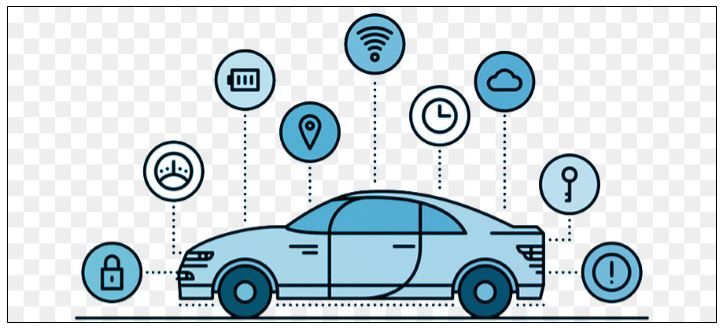
Connected Car: The Car For The Future
The digital revolution is currently making a deep impact on the automotive industry, offering practically unlimited possibilities for more pleasant and safe driving and travelling experience. Connected vehicles have the potential to transform the way world travel through the creation of a safe, interoperable wireless communications network a system that includes cars, buses, trucks, trains, traffic signals, cell phones, and other devices. Connected vehicle applications provides a continuous connectivity between and among vehicles, infrastructure, and wireless devices, which helps:
- Enable crash prevention
- Enable safety, mobility and environmental benefits
- Providing continuous real-time connectivity to all system users
Over the last few years, automotive electronics and wireless technologies have grown very rapidly. Advancement in these technologies together with device convergence and the changing lifestyle demands, are enabling the automobile industry to extend the driving experience beyond traditional vehicle transport. To fulfill increasing demands, a number of solutions are providing vehicle-to-infrastructure communication (V2I) and vehicle-to-vehicle communication (V2V), which are services that allow automobiles to continuously exchange information with the environment through which they pass. The car’s connection to the surrounding world is a new game changer that is growing beyond traditional in-vehicle infotainment.
Cross-Industry Commitment
As per Connected Car Forum (CCF), to demonstrate their joint commitment towards achieving results, many CCF members are laying the groundwork for connected cars to become ubiquitous:
- More than 20% of vehicles sold worldwide in 2015 to include embedded connectivity solutions
- More than 50% of vehicles sold worldwide in 2015 to be connected (either by embedded, tethered or smartphone integration)
- Every new car to be connected in multiple ways by 2025
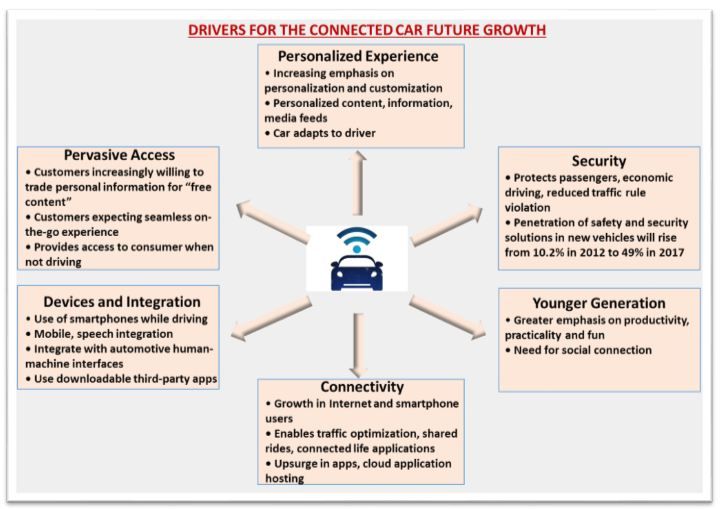
Current cars have the computing power of 20 modern PCs, features that is about 100 million lines of code, which processes up to 25 gigabytes of data per hour. As the computing capacity of cars develops further, not only is programming becoming more complex and processing speed getting faster, but also the entire nature of the technology is shifting. While the previous age of automotive digital technology once focused on optimizing the vehicle’s internal functions, the new age of computing evolution is now developing the car’s ability to digitally connect with the outside world and enhance the car driving experience. A connected car can be defined as – a vehicle that is able to optimize its own operation and maintenance as well as the convenience and comfort of its passengers using onboard sensors and internet connectivity. Starting from the modern era 90’s of automobiles, cars have evolved largely from being purely mechanical machines to more digitally integrated systems. In the mid 90’s to 2000’s, cars evolved mainly in styling and luxury; the value of cars was associated to those features. Beyond 2000, when the Very Large-Scale Integration technology became extremely efficient, car manufacturers started adding intelligence to the car. This was the start of a new wave in the Automotive Industry, which currently lets us to a very new world of connected cars.
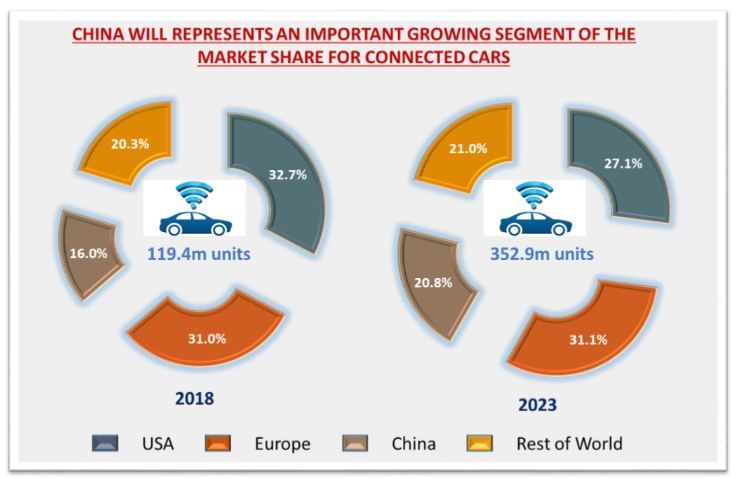
In the next few years, consumers will expect car connectivity as a standard feature in all vehicles; such as if, back-up cameras and navigation systems are available in vehicles today. Connectivity will encompass Bluetooth, Wi-Fi, and cellular networks such as 4G/LTE. With this expectation and evolution will come a variety of revenue generating opportunities for automakers in the market. For more detail please visit “Connected Car Market: Current Analysis and Forecast (2020-2026)”
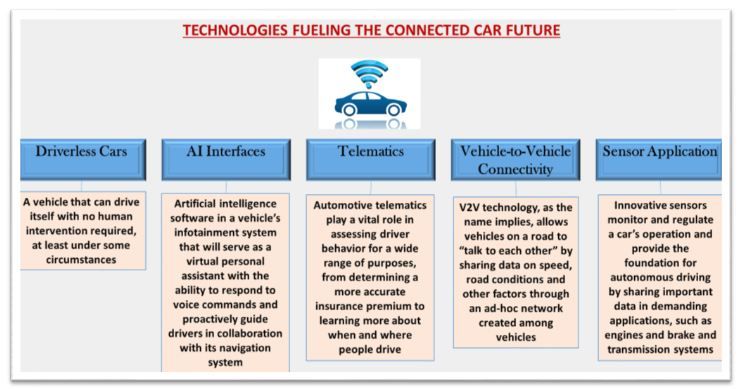
Competitive Landscape
While the automotive industry is global, with almost all OEM’s selling cars in almost all major countries, the mobile network industry is more of regional focus. This has made difficult for companies in these industry to partner with each other. However, with increase in demand of connected car, car makers and mobile network operators are expected to overcome these differences and collaborate with each other for long term growth
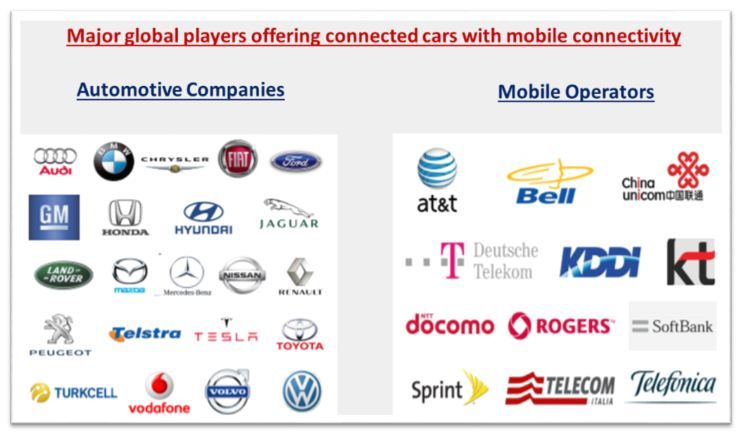
Conclusion
The future of connected cars inevitably includes bundling of mobile, car and home connectivity for app, data and entertainment services for an integrated user experience. Innovation carriers will need to perfect an in-car user experience that will be exciting for consumers, in order to be successful. With innovations taking place at the lightning fast speed, the future of connected mobility and the automobile industry at large looks neon bright. We are very well poised for a new future, where no car will be unconnected. Creative methods for revenue generation will be key, and the industry player that acts the fastest, and assume the leadership role in the market will be poised for a long-term win and industry influencer.
